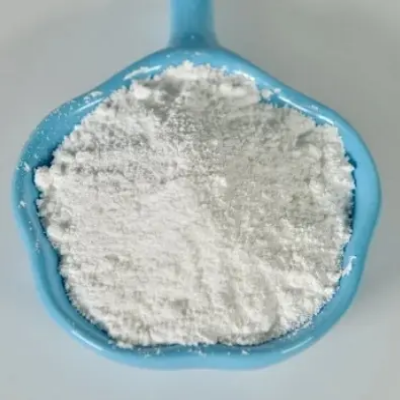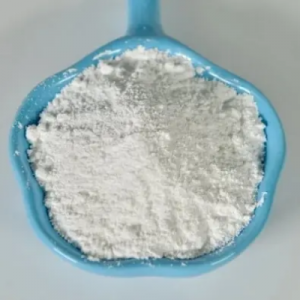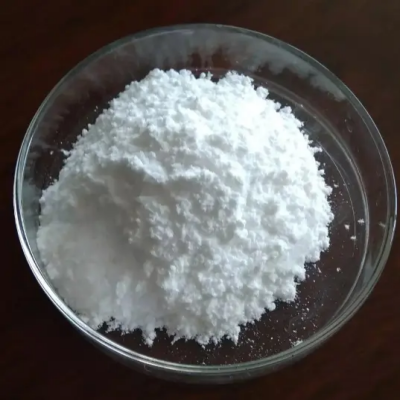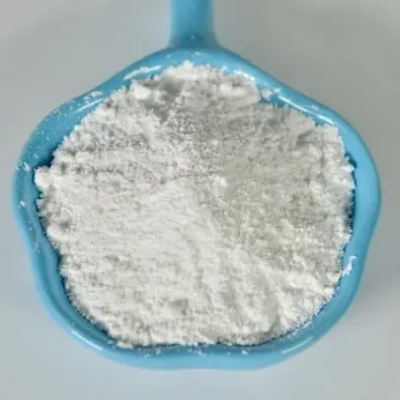Palladium, (h5-2,4-cyclopentadien-1-yl)(h3-2-propen-1-yl)- CAS:1271-03-0
(η5-C5H5)(η3-C3H5)Pd is primarily utilized in catalysis, specifically in the area of olefin metathesis. It serves as a catalyst for the conversion of olefins into other olefins through the breaking and reforming of carbon-carbon double bonds. This reaction is widely used in the synthesis of complex organic molecules, such as natural products and pharmaceuticals. Furthermore, (η5-C5H5)(η3-C3H5)Pd is utilized in the production of other palladium-containing compounds, including palladium nanoparticles and palladium complexes. These compounds find applications in various fields, such as catalysis, materials science, and electronics. In catalysis, (η5-C5H5)(η3-C3H5)Pd is used in the synthesis of a wide range of organic molecules, including polymers, pharmaceuticals, and specialty chemicals. Its ability to selectively activate carbon-carbon double bonds and facilitate their rearrangement makes it a valuable tool in the development of new synthetic routes and the production of complex molecules. In materials science, (η5-C5H5)(η3-C3H5)Pd is used in the preparation of palladium-containing materials, such as thin films and coatings. These materials find applications in electronics, sensors, and catalysis. In summary, (η5-C5H5)(η3-C3H5)Pd is a versatile organometallic compound that finds applications in catalysis, materials science, and other fields. Its ability to activate and mediate various chemical reactions makes it a valuable tool in the development of efficient and sustainable synthetic routes. Its impact extends to the production of valuable chemicals, materials, and pharmaceuticals, making it an essential component in modern chemical research and manufacturing processes.






| Composition | C8H10Pd |
| Assay | 99% |
| Appearance | White power |
| CAS No. | 1271-03-0 |
| Packing | Small and bulk |
| Shelf Life | 2 years |
| Storage | Store in cool and dry area |
| Certification | ISO. |









